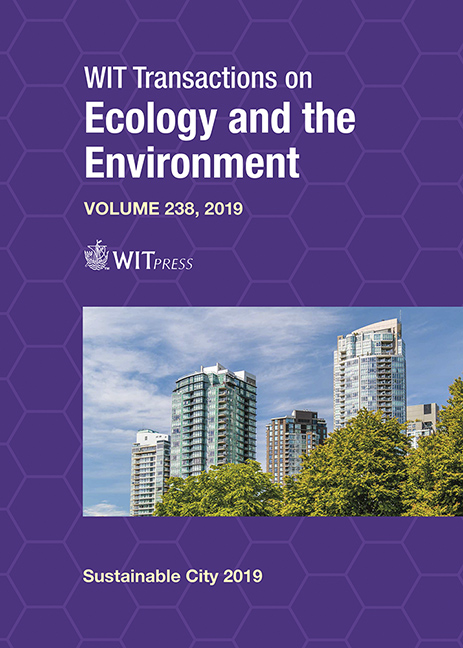CIRCULAR ECONOMIES FOR RURAL RENEWAL: REVITALIZING TOWNS AND THEIR BIOREGIONS
Price
Free (open access)
Transaction
Volume
238
Pages
10
Page Range
291 - 300
Published
2019
Paper DOI
10.2495/SC190261
Copyright
WIT Press
Author(s)
HILLARY BROWN
Abstract
Worldwide urbanization, a phenomenon affecting both industrialized and developing nations, has been significantly sustained by decades-long draining of population from rural towns and their outlying bioregions. Small town shrinkage, particularly loss of youth populations to cities, is both symptom and cause of ongoing rural economic, social and cultural marginalization. Reversing this trend will require new ways of thinking about these devitalized human settlements. Detailed here, one alternative relies on an emerging, locally applied holistic model known as the circular economy. Grounded in systemsthinking, a circular model fosters closed-loop cycling of natural, constructed, and human resources to spur more resilient economic development. Arguably, such a challenging systems remodelling could be more readily managed at the town versus the city scale. That premise was behind the key project objective: modelling a circular economy in a conceptual plan developed for a small historic town, Kőszeg, in north-western Hungary, one that could serve as a prototype for the region and beyond. Research and plan development was undertaken by an interdisciplinary student team tasked with identifying practical, cross-cutting strategies involving the natural, the constructed and the economic sectors. These included: (1) proactive renewal and diversification of local resources – regional ecosystem services as well as complementary methods of greener food and fibre production; (2) potential introduction of alternative resilient, low-impact infrastructural services – power, sanitation, water and waste management; and (3) economic diversification through development of innovative, closed-loop enterprises, along with enhanced tourism grounded in cultural heritage and regional recreational offerings. The outcome was a collaboratively fashioned circular economy model highlighting cross-sector synergistic opportunities. As an interdisciplinary undertaking, the Kőszeg study demonstrates both the circular framework’s utility along with some of its challenges. Its methodology may have application for other rural settlements in decline.
Keywords
circular economy, rural revitalization, resiliency, decarbonization, interdisciplinary collaboration





